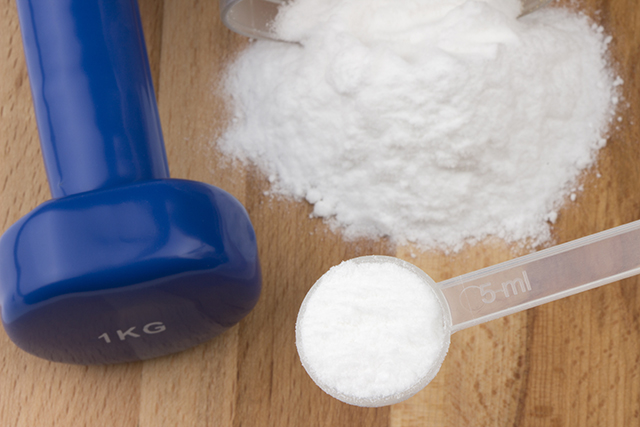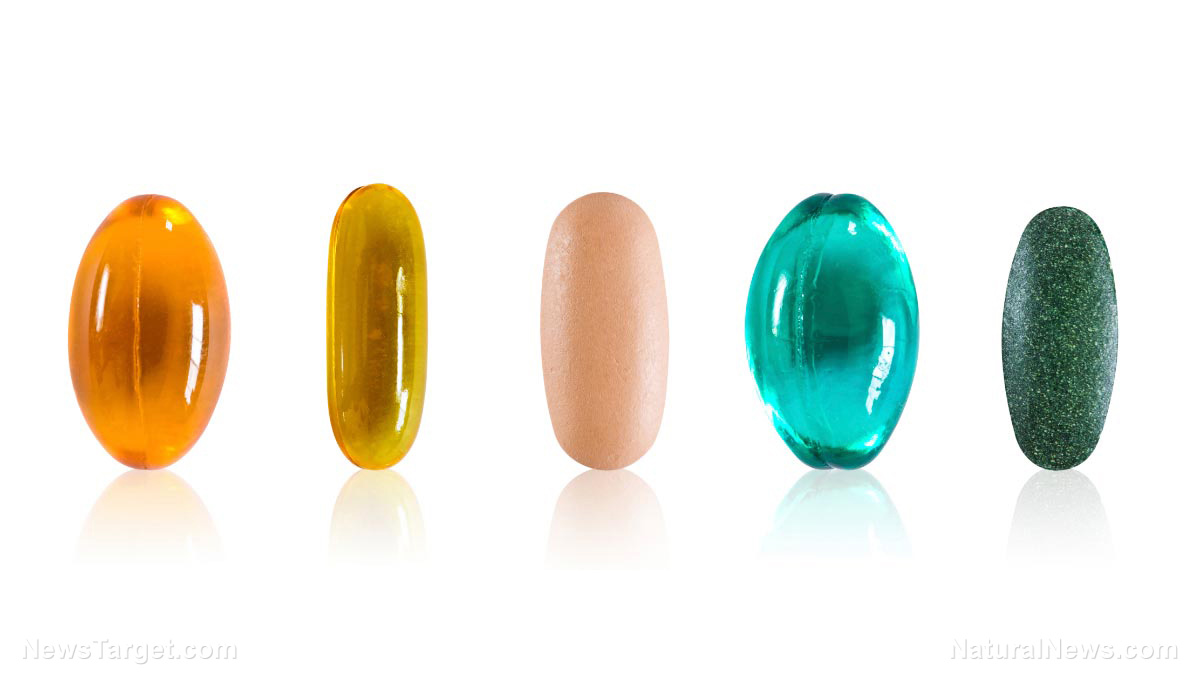Which calcium supplement offers the most bioavailability?
09/26/2018 / By Frances Bloomfield

Calcium supplements have made it easier for people to get the calcium they need for strong and healthy bones. In fact, the supplement market carries such a wide variety of calcium supplements that deciding on the best one can be an overwhelming task. The factors that may determine your purchase can include price and calcium content, but one factor that should always be considered is bioavailability. Defined by GlobalHealingCenter.com as “the amount of calcium in the supplement that can be assimilated into the digestive system and…used for activity and health benefits”, bioavailability is what separates the good calcium supplements from the great ones.
- Calcium carbonate — The most affordable and common calcium supplement. This alkaline-based compound is found in eggshells and rocks, and has the highest concentration of elemental calcium — the amount of calcium actually absorbed by the body — at 35 to 40 percent. Despite this, calcium carbonate has low bioavailability and requires extra stomach acid to be properly absorbed by the body.
- Calcium citrate — An acid-based calcium supplement with a low concentration of elemental calcium, at only 20 percent. It may require less stomach acid for it to be absorbed, but it offers little calcium in exchange. Those with low amounts of stomach acid, however, can benefit from taking calcium nitrate as it’s less likely to cause abdominal discomfort.
- Oyster shell calcium — Although a natural form of calcium, oyster shell calcium is more susceptible to containing toxic lead levels because of a lack of quality control. Avoid these supplements as much as possible.
- Calcium gluconate — According to PPT-Health.com, this calcium supplement is advertised as having a high bioavailability. What doesn’t get advertised are the low levels of calcium contained in each supplement. If you want to get the most out of calcium gluconate, you’re going to need to take a lot of supplement tablets.
- Calcium lactate — Commonly found in aged cheeses and baking powder, calcium lactate has a medium bioavailability since it can be absorbed at different pH’s in the body. Similar to calcium gluconate, the amount of elemental calcium is low at just nine to 13 percent.
- Calcium phosphate — This calcium supplement is comparable to calcium carbonate in terms of elemental calcium, at 31 to 38 percent. Though its bioavailability has yet to be fully determined, it has been noted that this calcium supplement is the least likely to cause constipation.
- Calcium citrate malate — Made from mixing the calcium salt of citric acid and malic acid, calcium citrate malate has just 26 percent elemental calcium. The trade-off is that its bioavailability has been measured to go as high as 42 percent, with it consistently scoring over 35 percent. Older people, those suffering from low stomach acid, people taking stomach acid blockers, and vegetarians can all benefit from citrate malate.
- Calcium orotate — One of the most effective calcium supplements in the market, albeit a rather pricey one. Calcium orotate has been found to be highly effective at delivering calcium at a cellular level. Moreover, calcium orotate is the primary mineral used for bones, teeth, and cellular communications.
- Calcium hydroxyapatite — This supplement is quite costly but is full of other minerals that encourage bone growth such as potassium, zinc, phosphorus, and magnesium. The calcium content may vary but has been recorded to be at around 22 percent; however, bioavailability is comparatively lower than that of some other calcium salts. Since it’s sourced from animal bones, it’s unsuitable for vegetarians and vegans. (Related: Not all calcium supplements are equal – Prevent osteoporosis with calcium hydroxyapatite)
More than just quality and price, you also need to consider which supplement is the best for your body.
Go to SupplementsReport.com to stay up-to-date on the best supplements available.
Sources include:
Tagged Under: bioavailability, bone health, calcium supplements, nutrition, supplements




















